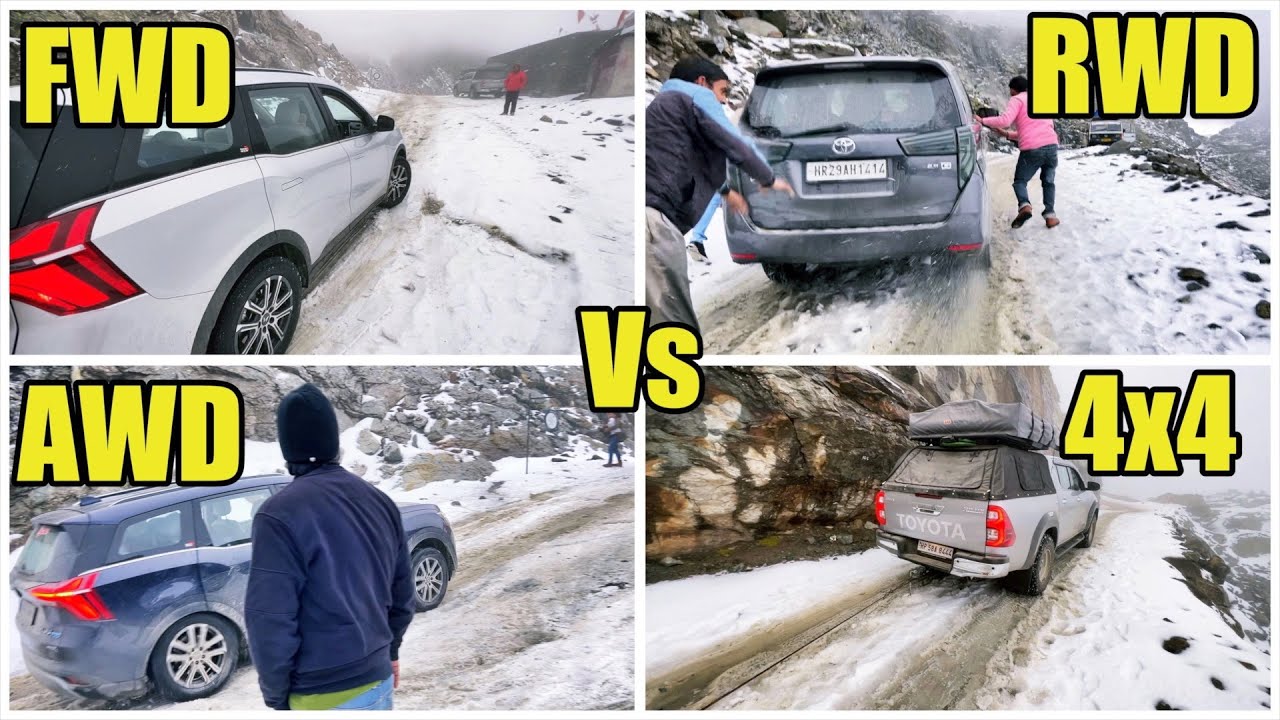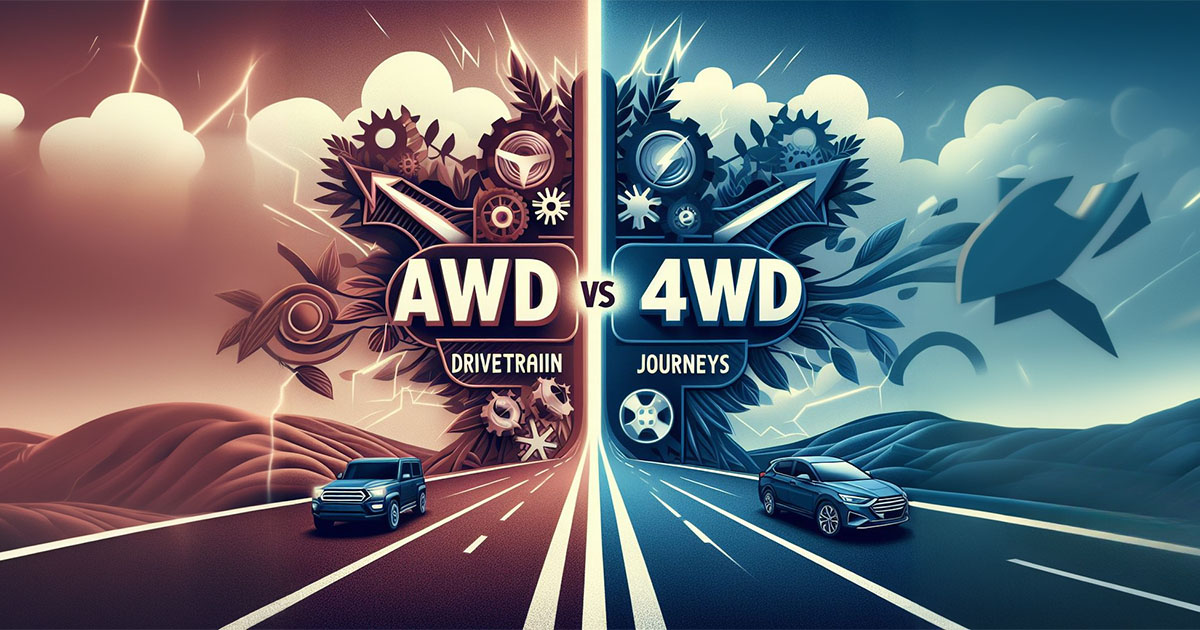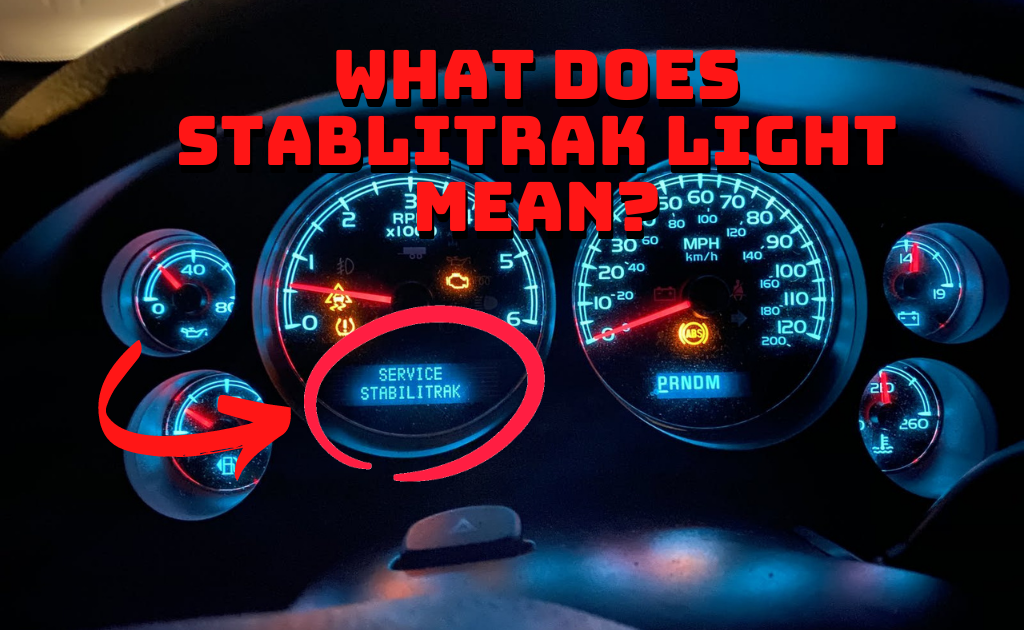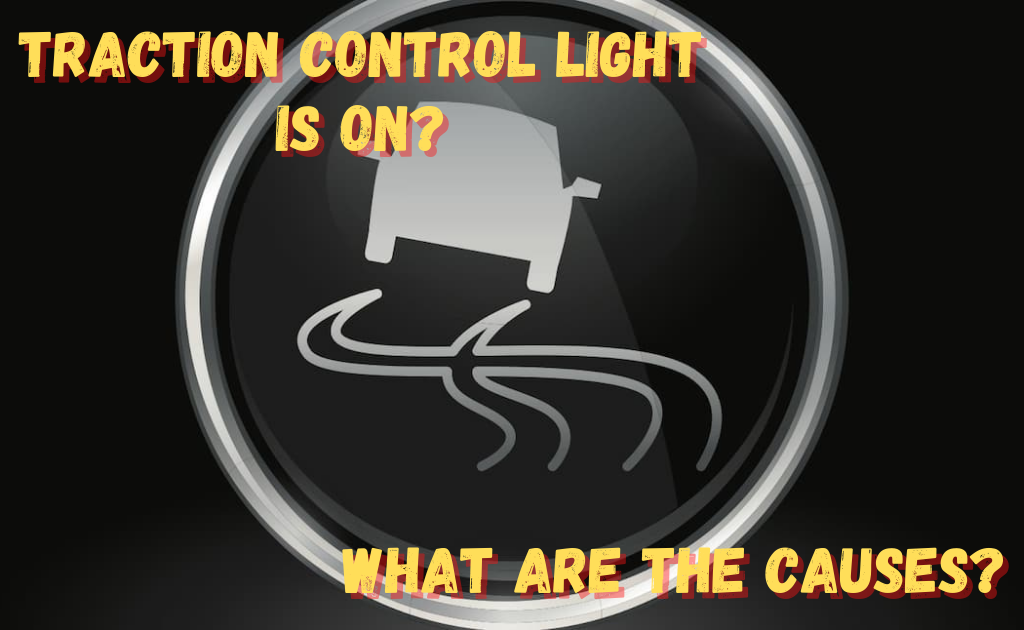
There are four different ways to set up the drivetrain: front-wheel Drive, rear-wheel drive, all-wheel Drive, and four-wheel Drive. By understanding how each of these systems works, you’ll be able to choose the best one for your needs. Car companies make cars, and the engine powers two or more of the wheels. This is what the terms above mean. We’ve found that different types of drives have very different ways of driving and getting traction. Here are the terms explained for the car’s drivetrain, with examples of cars that we see every day.
All-Wheel Drive (AWD)
All-wheel Drive and four-wheel Drive are similar but not the same. All-wheel Drive is always turned on, and the car’s computer decides when to send power to each wheel. All wheels can move at any time, but when they do so depends on the situation. Power can be sent to each wheel with great accuracy thanks to sophisticated clutch systems and, more recently, electric motors.

High-performance cars with all-wheel Drive (AWD) usually send power to each corner at all times, but they can change the balance between the wheels depending on the weather or drive mode to change how the car performs. If one wheel starts to slip, the car will send more power to that wheel to fix the problem. Automatically, the driver gets more grip and control without knowing it.
Advantages
- It moves faster
- Better grip in snow and on wet roads
- Always activated
Disadvantages
- More expensive
- Poor gas mileage
Four-Wheel Drive (4WD)
When a car has four-wheel Drive, the engine sends power to all four wheels. Most 4WD vehicles run in RWD mode until they need all four wheels to grip the ground. A four-wheel drive system sends power equally to all four wheels and locks two drive shafts together. 4WD works best in deep snow and when you’re not on a smooth road. Most 4WD systems use a heavy-duty transfer case with a high and low gear range.

The low gear range is used to increase torque at the wheels for slow climbing. This is why most SUVs, crossovers, bigger trucks, and some sports cars have four-wheel Drive. It also means that all four wheels will need more fuel to move. This Drive is very helpful on very rough terrain or when doing adventure sports. Most drivers will never need the extra capabilities that 4WD systems offer over AWD systems unless they are really into off-roading.
Advantages
- Perfect for serious off-roading
- Drives perfectly on deep snow
- Gives you the grip you need to climb hills.
Disadvantages
- More expensive than FWD and RWD.
- Poor gas mileage due to heavier drivetrain.
- Have to change to a part-time system.
Two-Wheel Drive (2WD)
Two-wheel Drive, or 2WD, means that only two wheels, either the front or the back, are powered by the engine. Most small hatchbacks, fuel-efficient cars, and cheap cars have front-wheel Drive, while SUVs, off-roaders, and performance cars have rear-wheel Drive.
Front-Wheel Drive (FWD)
Front-wheel Drive is by far the most common type of driving system in cars today. It just means that the power goes to the front wheels. Front-wheel Drive is standard on all Buicks and is often used because it is small and frees up space inside the car. Front-wheel-drive systems are cheaper to make and take up less space than rear-wheel-drive systems because the engine, transmission, and axles are all close together in the engine compartment.

Plus, most of the car’s weight is over the front wheels, which helps when the road is slippery. AWD is often added to FWD cars, and power is only sent to the back wheels when it is needed. FWD can hurt a car’s ability to handle like a sports car, but it strikes a good balance for everyday driving and usability.
Advantages
- Fewer parts reduce purchasing and repair costs.
- Less weight improves gas mileage.
- Front-wheel Drive has better traction.
- The weight is balanced for traction over the front wheels.
Disadvantages
- Not effective on gravel and ice.
- It can create an understeer, where the car wanders out of the corner.
- Large noses are difficult to handle at high speeds or with heavy loads.
Rear-Wheel Drive (RWD)
As you might have guessed, vehicles with rear-wheel Drive send all of their power to the back wheels. RWD vehicles can handle more horsepower and heavier loads, which is why they are often used in sports cars, performance sedans, big trucks, race cars, and police vehicles.

A rear-wheel drive system, which used to be the norm, gets its power from the back wheels. It gives trucks the grip they need when carrying heavy loads and helps performance cars handle better. Rear-wheel Drive isn’t as good on slippery roads, so it might not be the best choice in snowy areas.
Advantages
- Better handling.
- Excellent brake
- Accelerate quickly
Disadvantages
- Poor snow and ice traction
- Not better than FWD on wet-road traction
FWD vs RWD vs 4WD vs AWD
Four-wheel Drive (4WD) and all-wheel drive (AWD) cars have been getting more attention lately than traditional two-wheel Drive (FWD or RWD) cars. But the popularity is well-deserved because both 4WD and AWD are much better than traditional two-wheel drives. But your driving habits and the weather where you live will help you decide which drivetrain you should get for your next car. Front-wheel Drive is best for places that are warm and only get light snow. If performance and handling are important to you, you can get what you want with rear-wheel Drive.
Watch this video to have a better idea about the difference between AWD, 4WD, FWD, and RWD.
FAQs
Which is better: AWD or RWD?
Because an AWD car only transfers half the drive force to each wheel, it has more cornering grip for the same engine power. The best AWD car loses a sideways grip at higher cornering forces than the best RWD.
Is it better to buy AWD or FWD?
Normal conditions favor FWD. Light rain and snow are normal. Snow and moderate off-road conditions favor AWD. 4WD is great for off-roading.
Is FWD okay in the snow?
Yes, FWD cars and crossovers are safe in the snow with winter tires and caution. Most of an FWD vehicle’s weight lies above the front tires, providing good traction.
Is AWD worth the extra money?
If you live somewhere where there is a lot of snow, mud, or other precipitation, then certainly, you should acquire an AWD vehicle. If you drive an FWD vehicle with the right tires in the city and on the highway, you should be alright.
What is better for snow, AWD, or 4WD?
All-wheel-drive systems send power to all four wheels at once or send torque to all four wheels automatically when it’s needed. So, the best way to drive on snowy or icy roads is with all-wheel Drive.
Why does 4WD use more gas?
A 4-wheel drive will use more gas than a 2-wheel drive of the same make and model because it has more moving parts and weighs more. Four-wheel drives have more
parts than two-wheel drives, like an extra differential, transfer case, and driveshaft.
When should you not use 4WD?
According to Consumer Reports, using 4WD on perfectly level, smooth, and dry roads is a surefire way to ruin your vehicle. Family Handyman says that 4WD uses more gas to get the gears and drive shaft going. Save gas by turning it off when you don’t need it.
Final Words
Choosing the right type is crucial for both you and your vehicle. If you live in an area that gets moderate amounts of snow, you might want to think about getting all-wheel Drive. AWD can give you the grip you need to get through the snow that fell overnight. Four-wheel Drive could be great for people who live in places that get a lot of snow and like to go off-roading or pull a trailer. You’ll like how the better grip makes it easier to climb over rocks, push through deep snow, and pull your trailer. For rain and very light snow, 2WD should work fine. For most cars, front-wheel drive is the best option, and it will probably cost less than an AWD model with the same specs.




